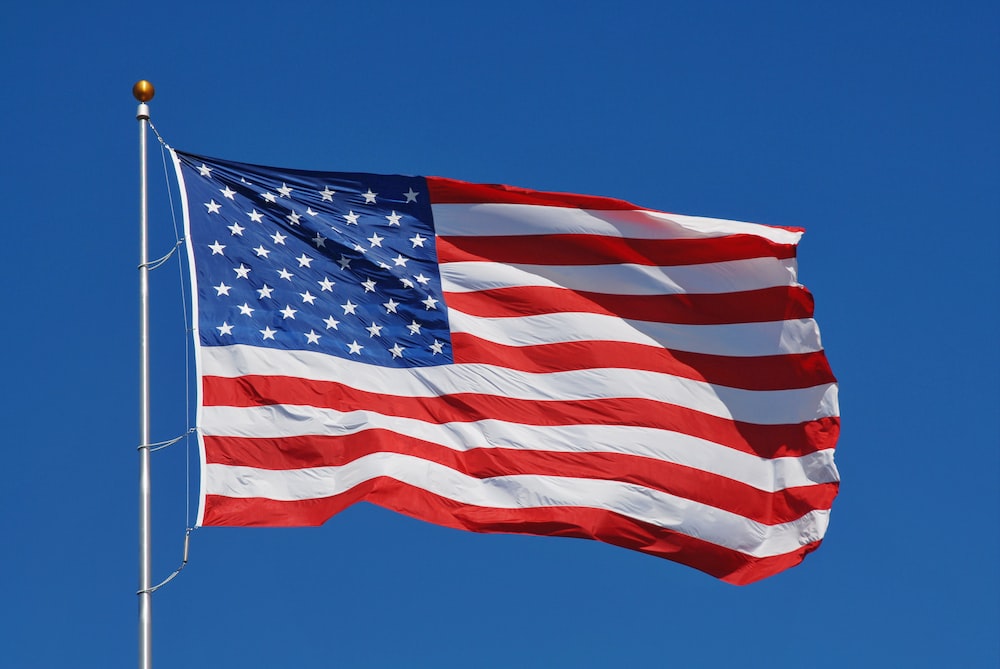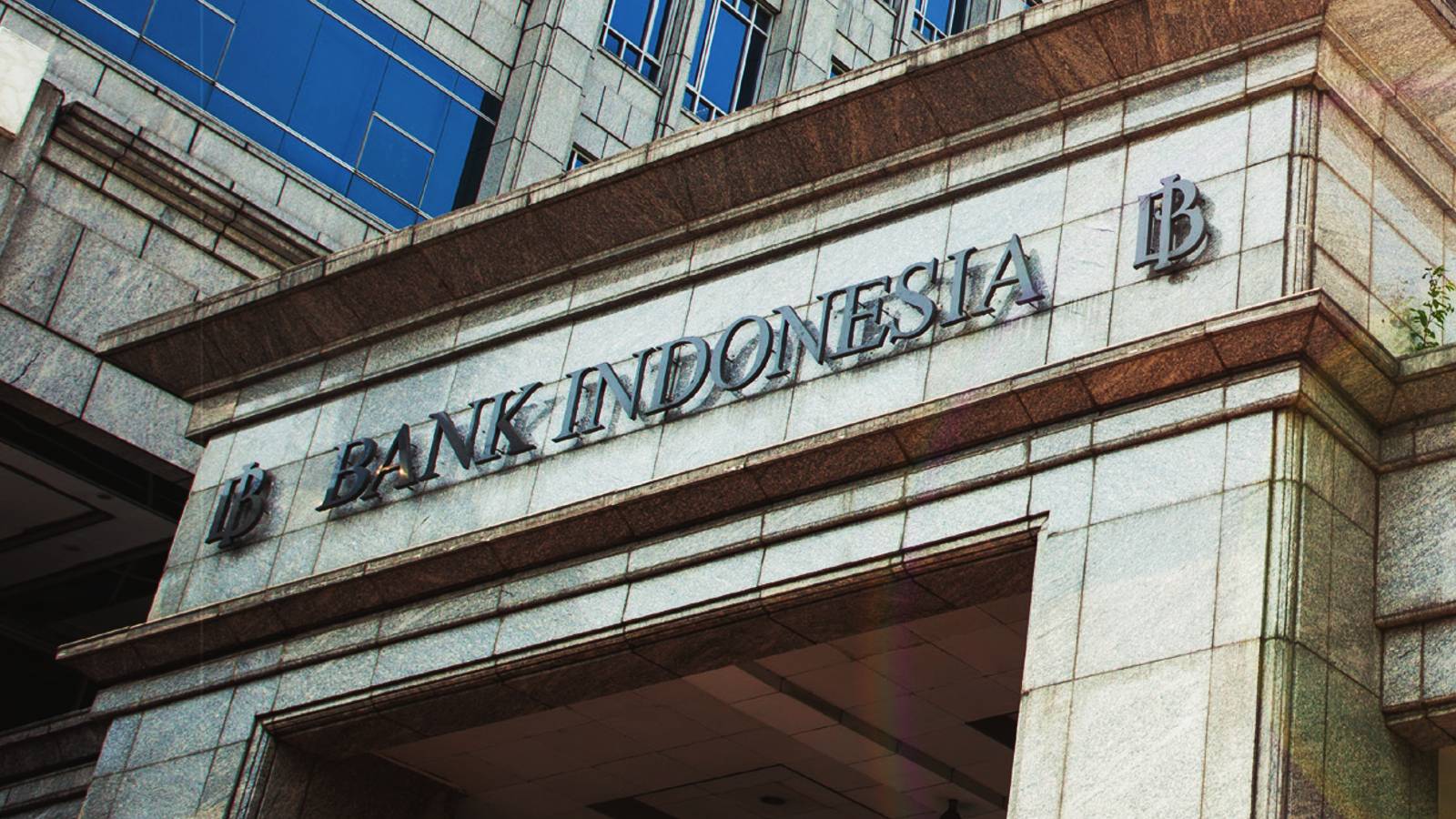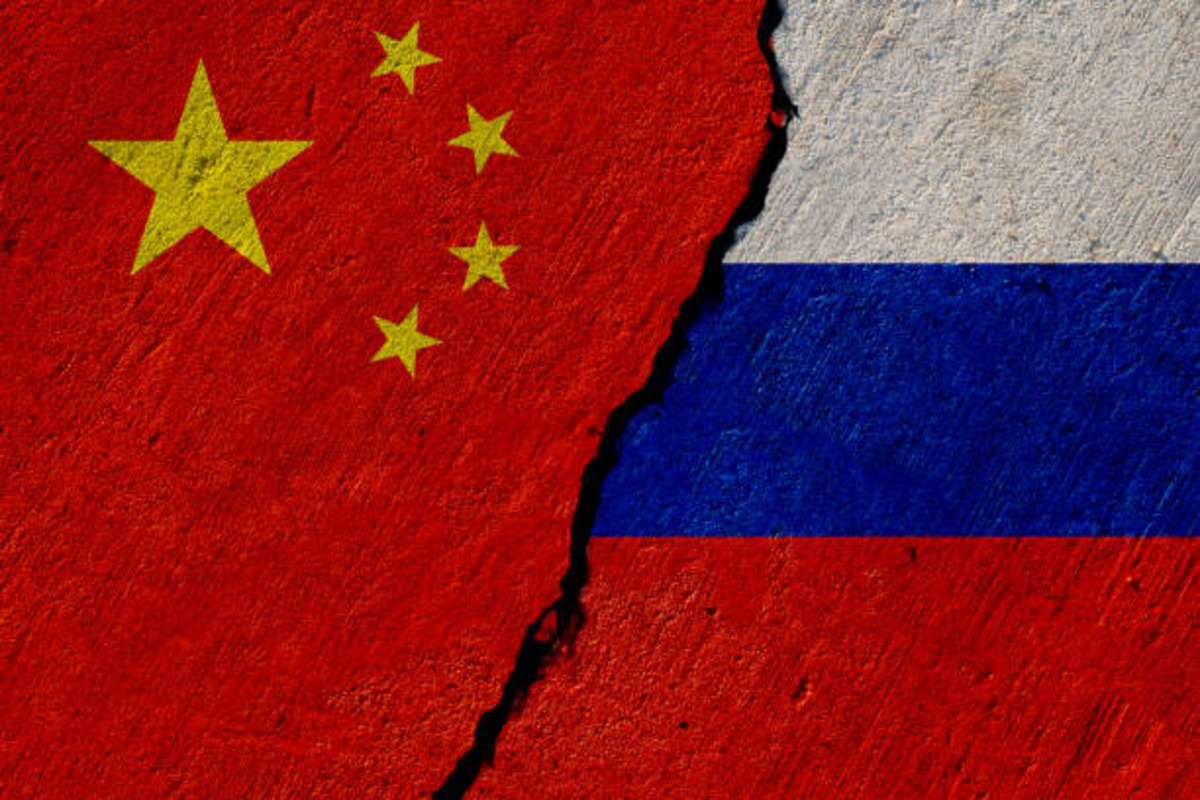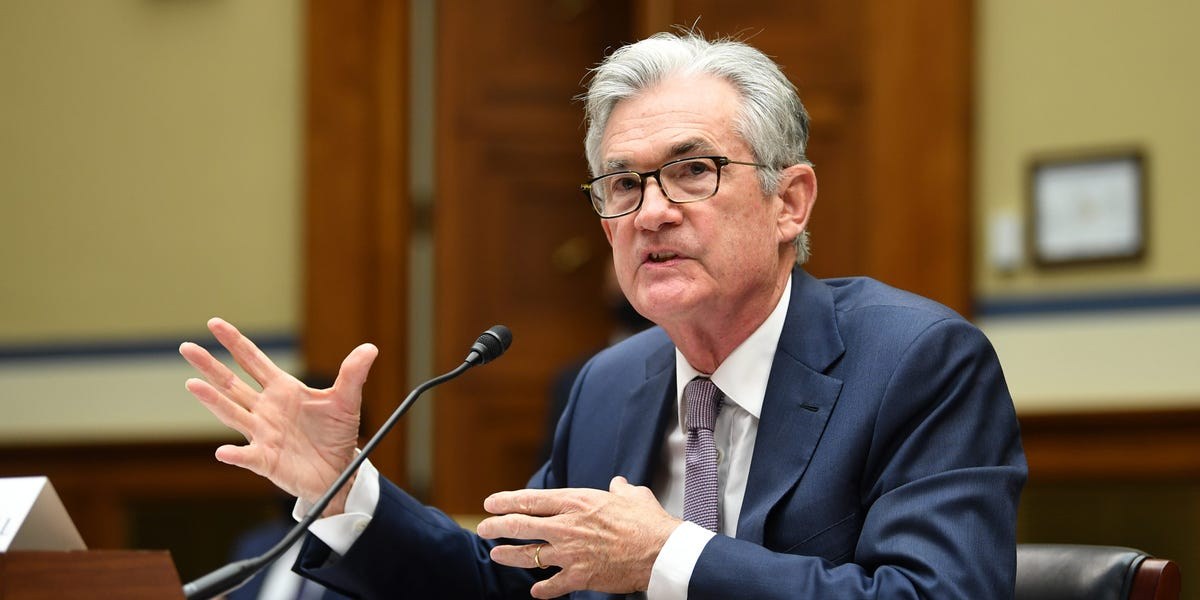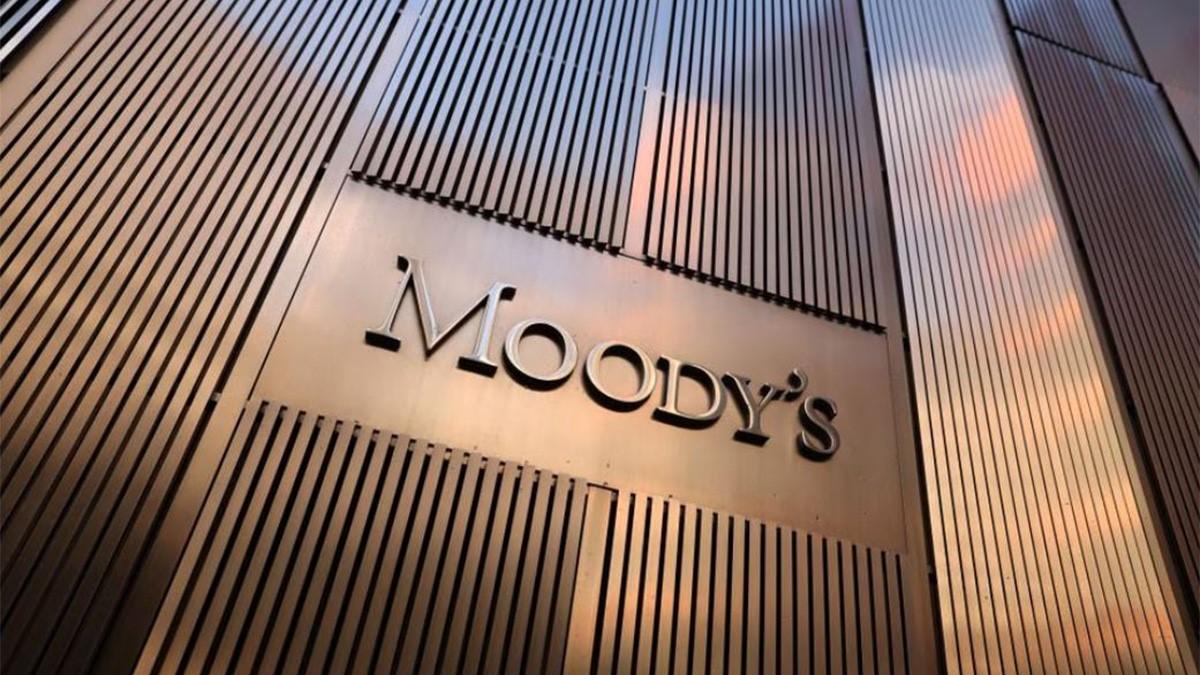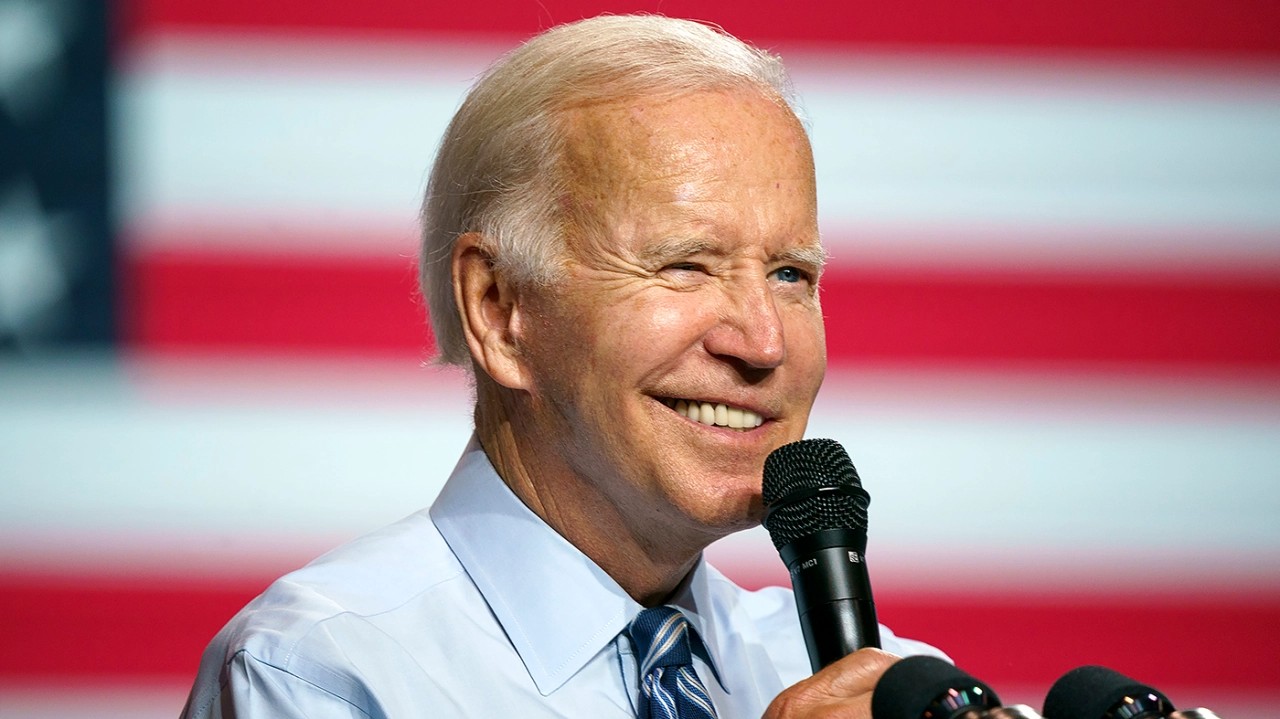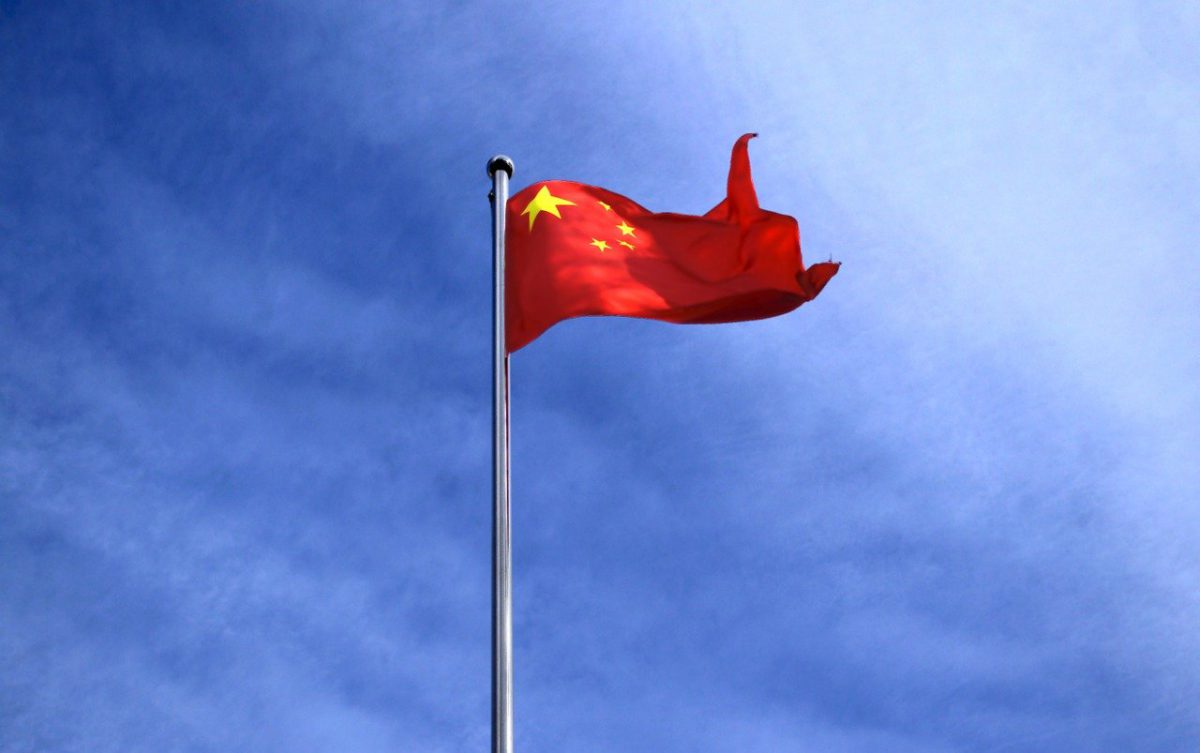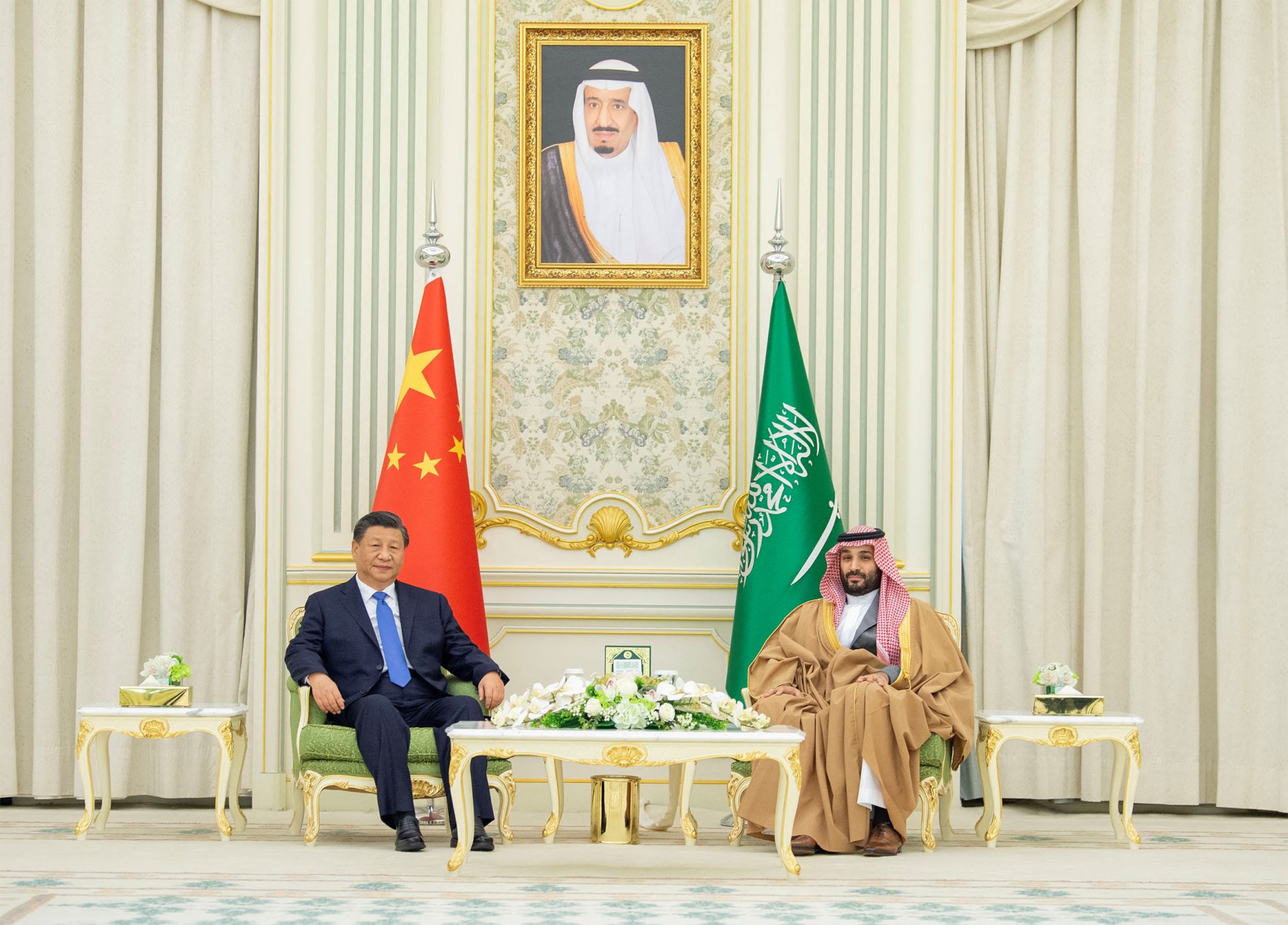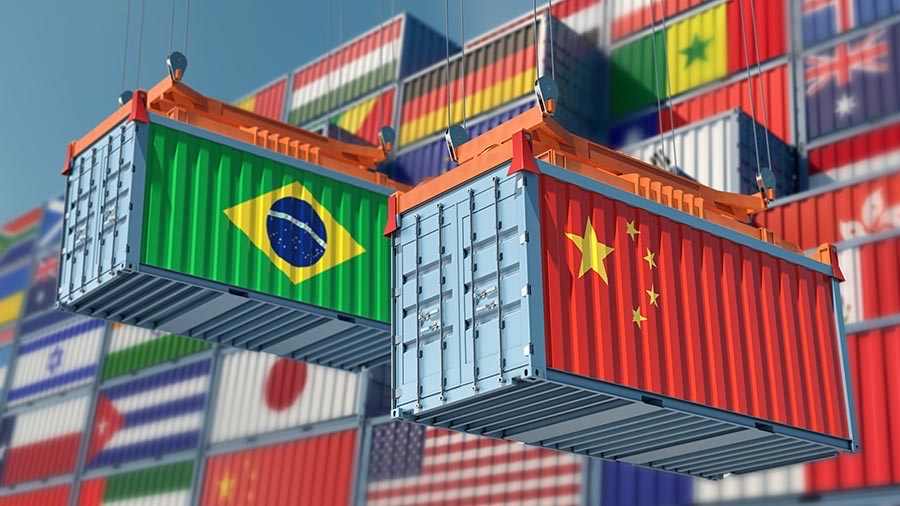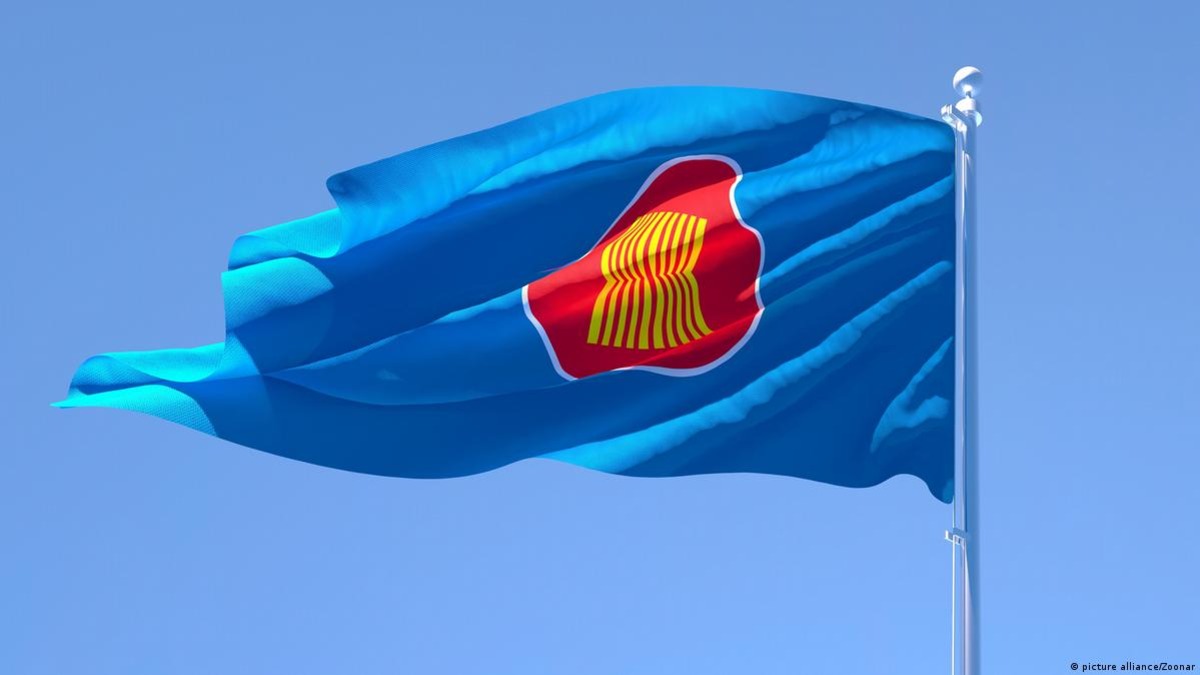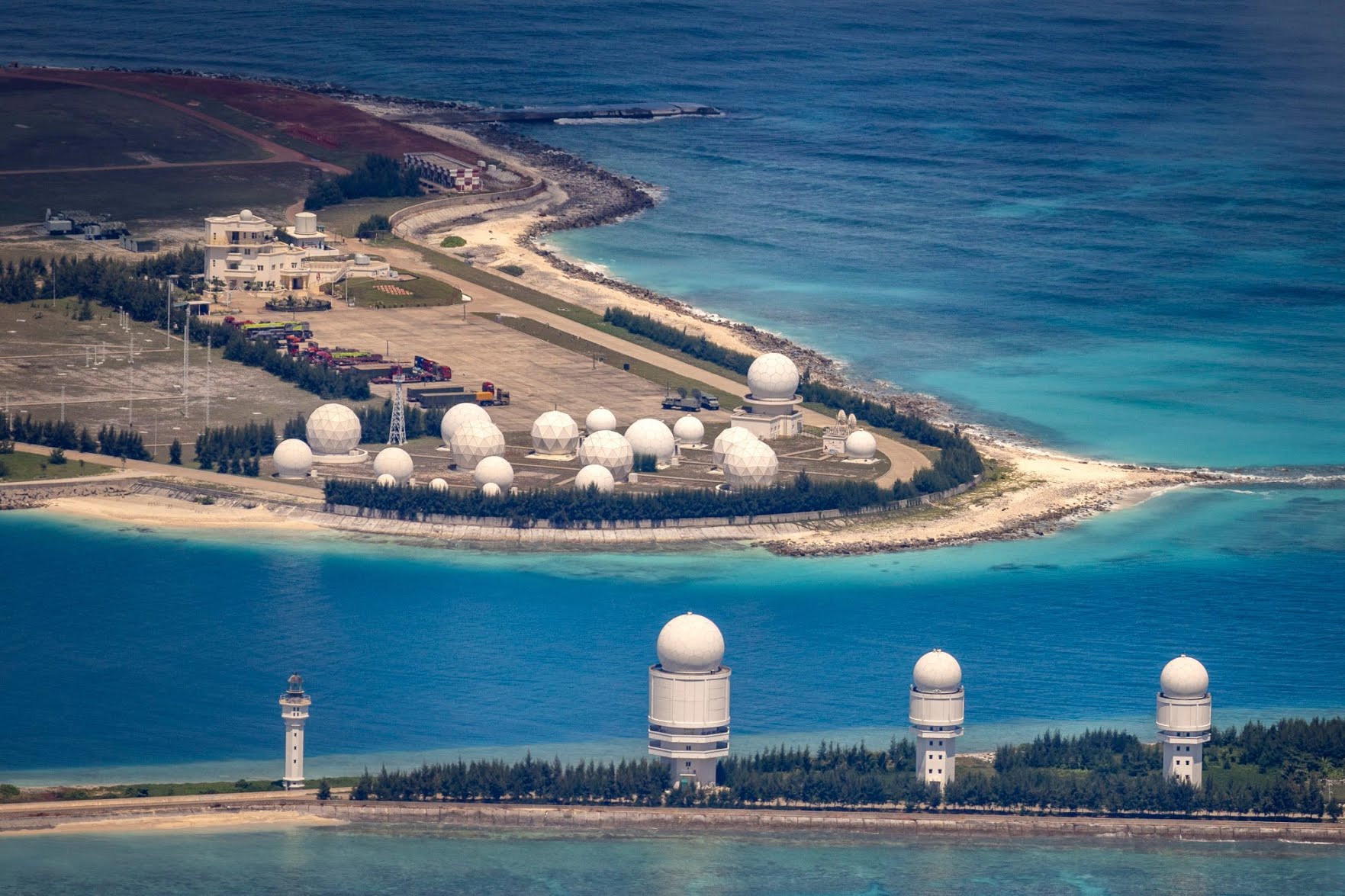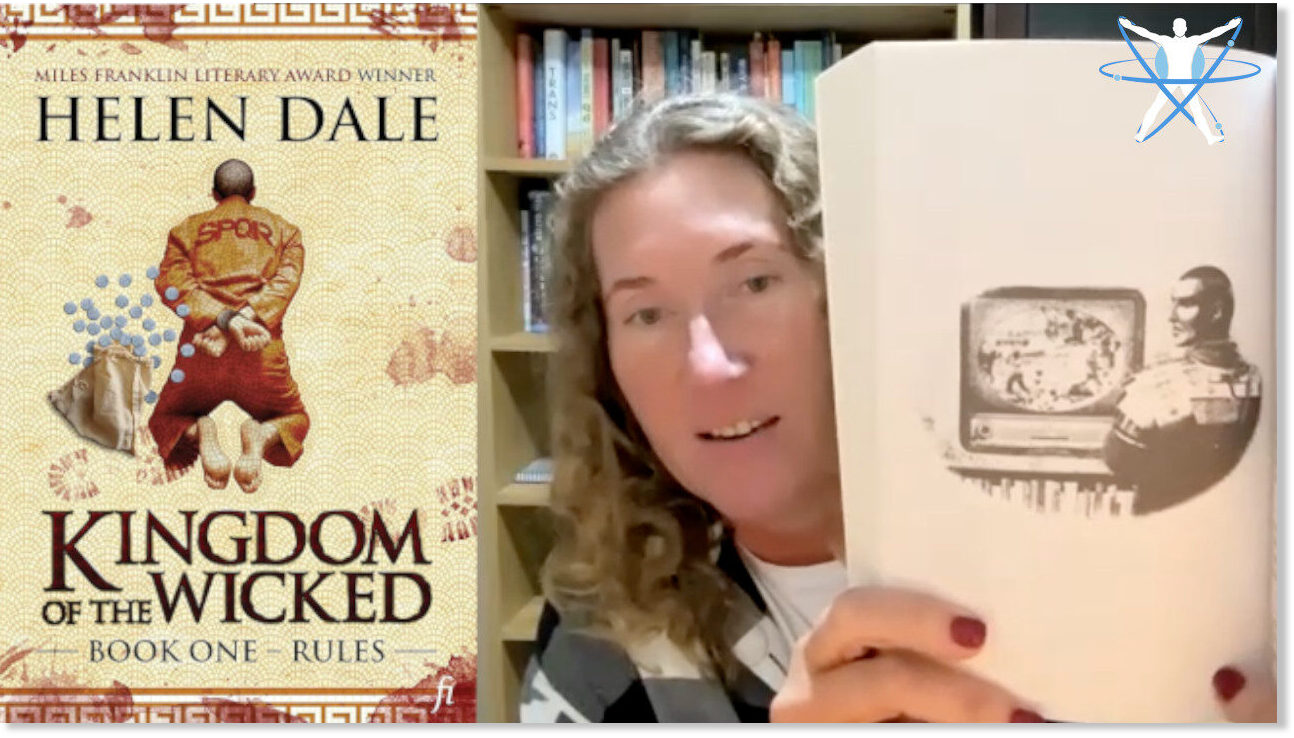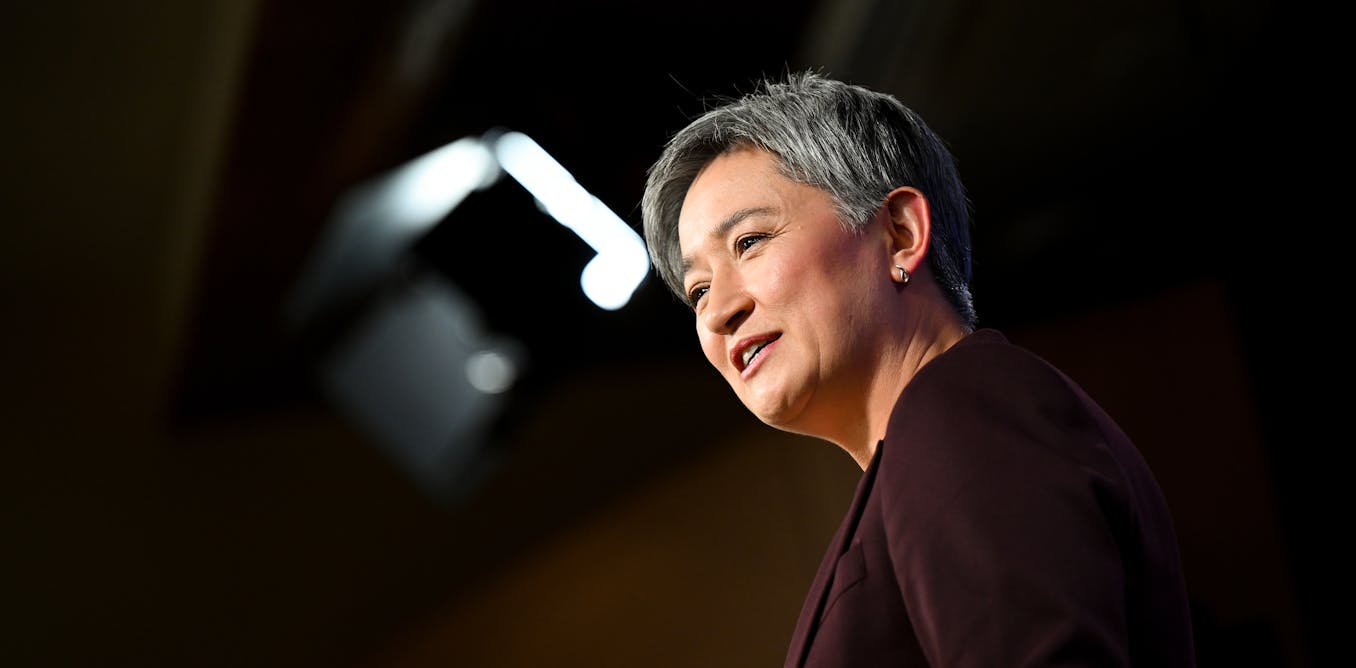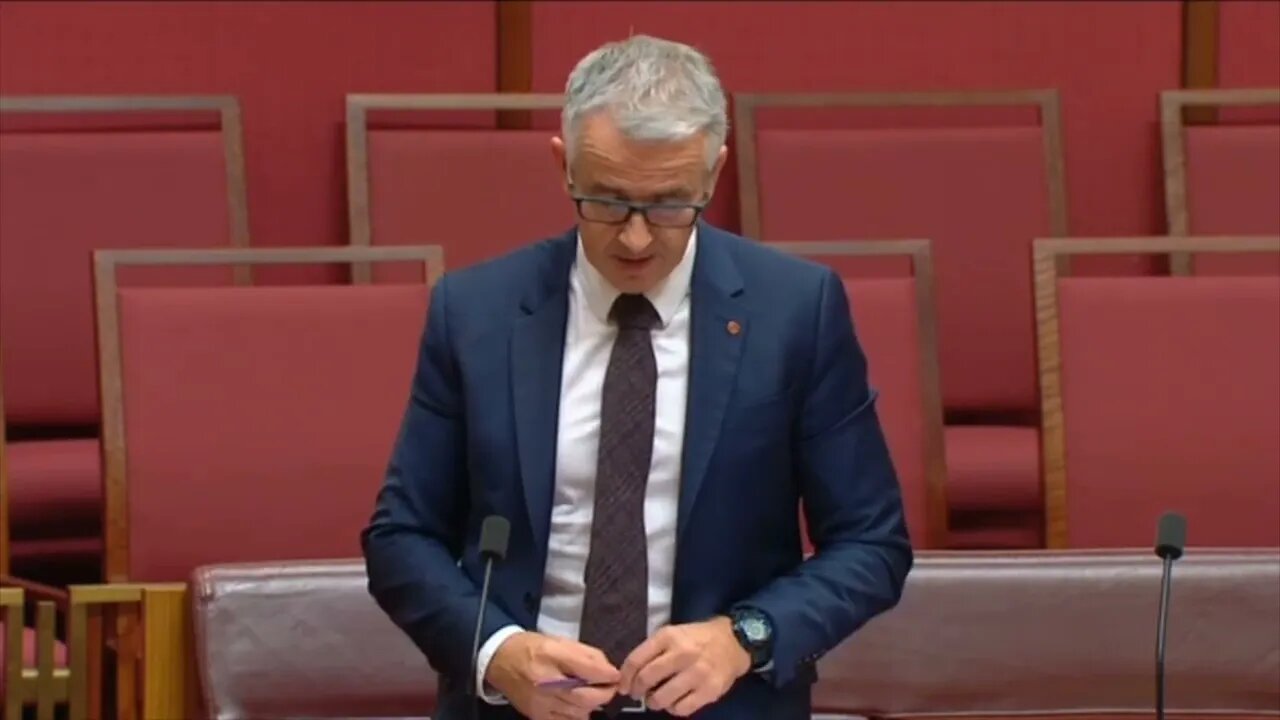In 2017, Dan Andrews made the unpopular decision to sign Victoria up to the Chinese Belt and Road Initiative. Then during the covid lock downs, he implemented the harshest restrictions in Australia similar to, but maybe not as harsh as China. Given Victoria's ties to China, was there some suspicion that there would be a concentrated release of Sars Cov2 in Victoria?
Last week, Andrews went on a trip to China to meet with Xi Jinping and apparently media outlets were not allowed to attend and report on the meeting. There is this article in the Australian Financial Review from the Chinese perspective of the visit:
China welcomes Andrews visit, pledges deeper education ties
Apparently Victoria's agreement to the BRI was cancelled on Constitutional matters, yet Andrews seems to insistent on relations with China.
At the same time, articles are appearing on MSM this week predicting - for all predictions are worth - that Australia will be at war with China inside 3 years.
'Red Alert' report urges Australia to prepare for war with China in 3 years
As the above article states, given Australia's alliances with the US and NATO it will be difficult for Australia to avoid war with China if war is declared.
However, since Australia isn't in position to defend itself should war break out and given that many countries are presently over-extending themselves with the Ukraine situation, US and NATO probably isn't in the position to assist Australia if WWIII does break out. China seems to be better positioned to do that with it's military and Naval strength in the Pacific.
There's no doubt that things are getting tougher economically here, but so far not to the extent that is seen in UK and Europe. Is it just a slower more managed crash or is there something else going on by way of push back?
Last week, Andrews went on a trip to China to meet with Xi Jinping and apparently media outlets were not allowed to attend and report on the meeting. There is this article in the Australian Financial Review from the Chinese perspective of the visit:
China welcomes Andrews visit, pledges deeper education ties
Tokyo/Melbourne | China has pledged to strengthen education ties with Victoria after Premier Daniel Andrews met senior officials during a trip to boost economic relations.
China’s Foreign Ministry, usually a regular critic of Australia, welcomed Mr Andrews’ four-day visit and said it hoped Australia would work with China to improve bilateral ties.
The Education Ministry confirmed Mr Andrews met Education Minister Huai Jinpeng in Beijing on Tuesday, and singled out Victoria as a popular destination for Chinese students.
“The two sides should strengthen co-operation in higher education, vocational education, special education, language teaching, and short-term mutual visits and exchanges between primary and secondary schools, strive for more practical results, and promote friendly public opinion between China and Australia,” the ministry said in a statement.
An update provided by Mr Andrews’ office on Wednesday said he held a “very positive” meeting with Mr Huai, and reinforced that Chinese students were safe and respected in Victoria.
“The minister indicated Chinese parents would be more likely to send their children to study in Victoria than other places,” the update claimed. It said the Mr Andrews would travel from Beijing to Nanjing on Wednesday.
Xi Jinping’s government is using an influx of foreign politicians and business leaders to China this week to promote the idea that its major trading partners are keen to re-engage despite rising tensions with the United States.
“This visit is not long, but it is a very important opportunity for us to impress our Chinese partners. This is not my first visit to China, and it won’t be the last time,” Mr Andrews was quoted as saying in the Shanghai Observer, which trumpeted the arrival of European executives in China this week as a vote of confidence in the country’s economy.
Prime Minister Anthony Albanese and federal Trade Minister Don Farrell are also expected to visit China this year. Assistant Trade Minister Tim Ayres and Fortescue Metals founder Andrew Forrest are in China this week attending the Boao Forum for Asia.
Thaw in diplomatic relations
Meanwhile, China is sending Vice Minister for Foreign Affairs Ma Zhaoxu to Australia next month in the latest sign that diplomatic relations between the two countries are thawing.
European Commission president Ursula von der Leyen will travel with French President Emmanuel Macron to China next month, US and European media reports said this week.
Victoria has about 42,000 Chinese students enrolled in higher education, and Mr Andrews said before his flight to Beijing on Monday night that he wanted to increase that by up to 20,000.
The trip by the Victorian premier, who in 2020 controversially signed up to China’s Belt and Road Initiative, has been criticised by unions and the Victorian opposition.
Deputy Opposition Leader and trade and investment spokesman David Southwick said transparency was vital for Victorians to have confidence in our trading relationship with China.
“With Victoria heading for record debt levels and with major projects blowing out by over $30 billion, the Andrews Labor government needs to reassure Victorians that this isn’t simply about going to China with a begging bowl because they have run out of money,” Mr Southwick said.
Acting Premier Jacinta Allan argued the visit was a “business trip” rather than an “event trip”.
Mr Andrews’ four-day trip will be his seventh visit overall to China and his first since 2019. It is also the first visit to China by an Australian state or federal leader since the pandemic.
Apparently Victoria's agreement to the BRI was cancelled on Constitutional matters, yet Andrews seems to insistent on relations with China.
At the same time, articles are appearing on MSM this week predicting - for all predictions are worth - that Australia will be at war with China inside 3 years.
'Red Alert' report urges Australia to prepare for war with China in 3 years
As the above article states, given Australia's alliances with the US and NATO it will be difficult for Australia to avoid war with China if war is declared.
However, since Australia isn't in position to defend itself should war break out and given that many countries are presently over-extending themselves with the Ukraine situation, US and NATO probably isn't in the position to assist Australia if WWIII does break out. China seems to be better positioned to do that with it's military and Naval strength in the Pacific.
There's no doubt that things are getting tougher economically here, but so far not to the extent that is seen in UK and Europe. Is it just a slower more managed crash or is there something else going on by way of push back?

